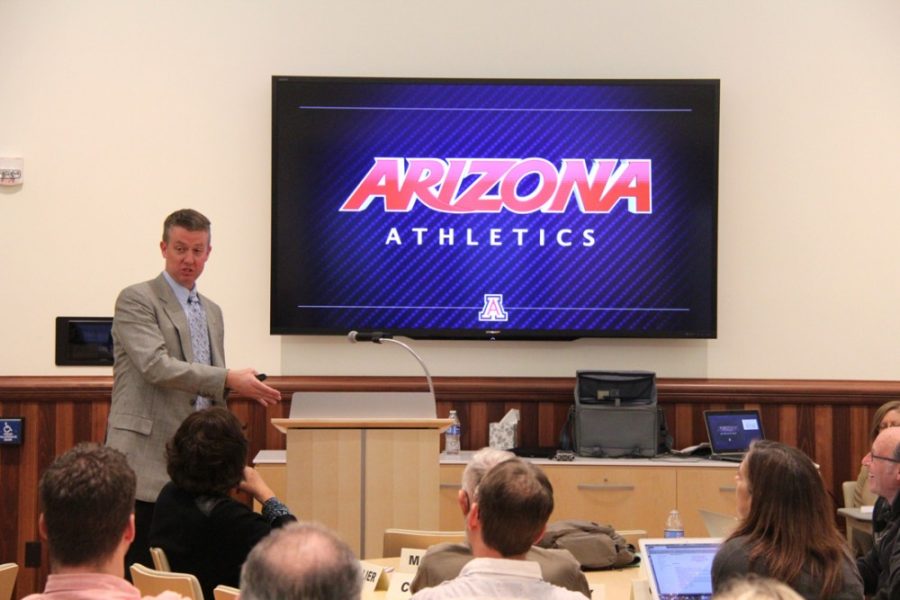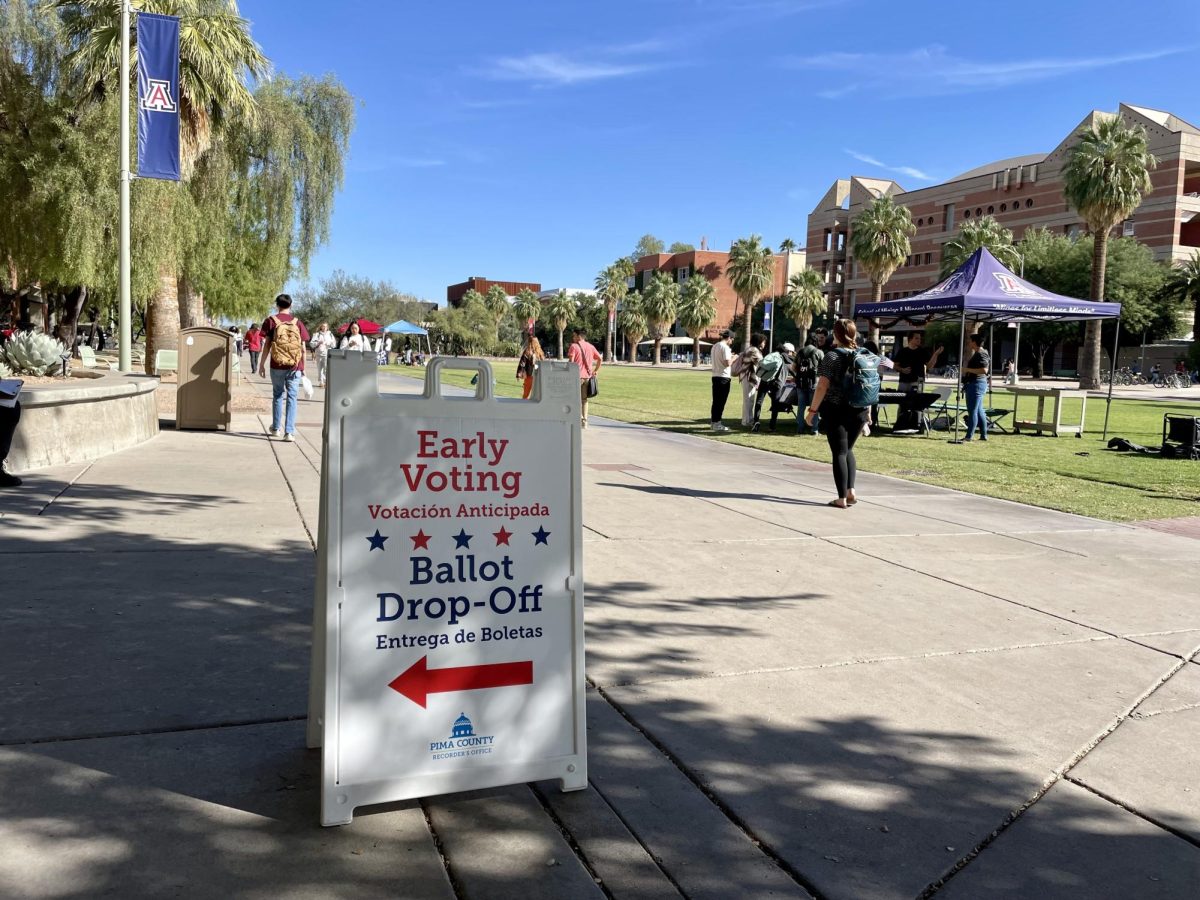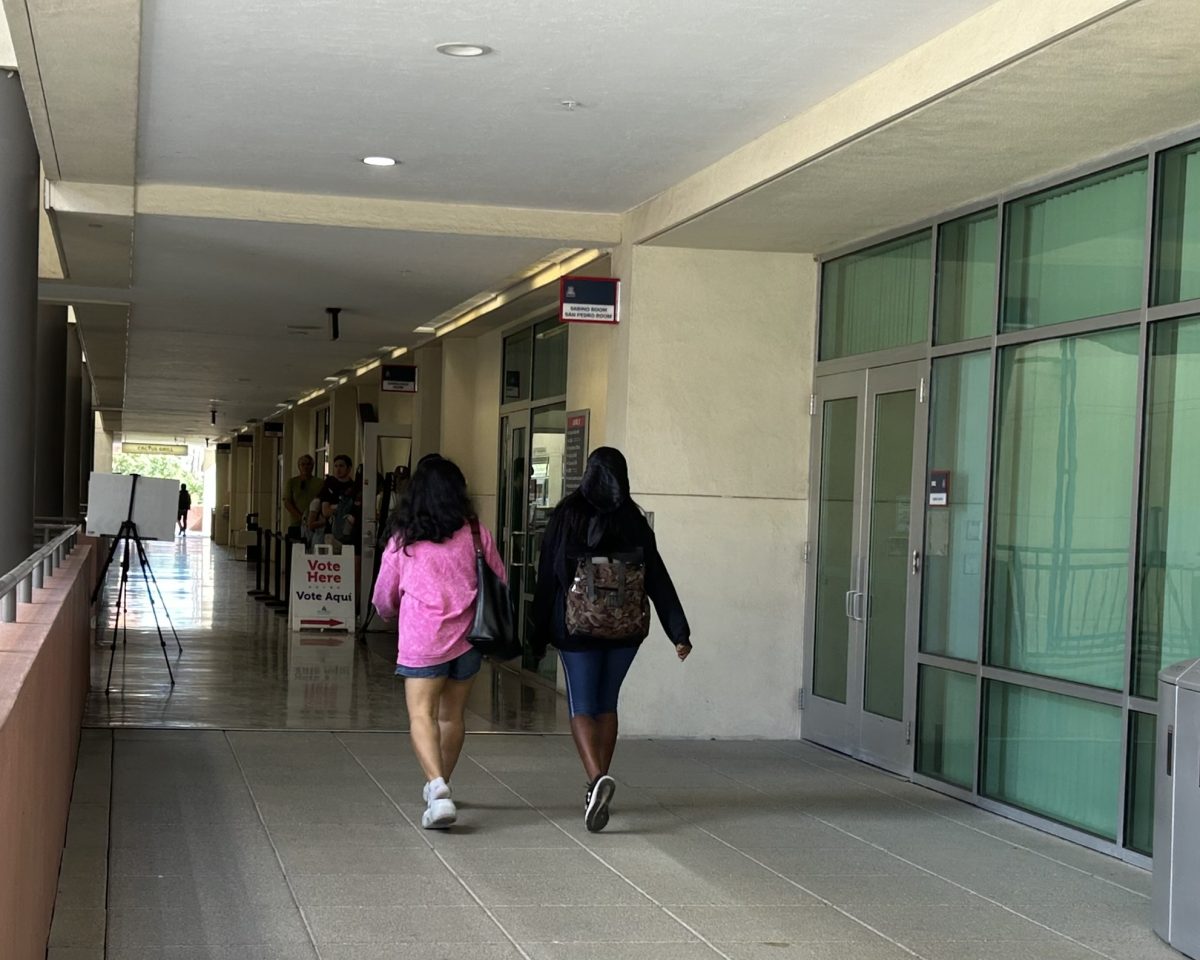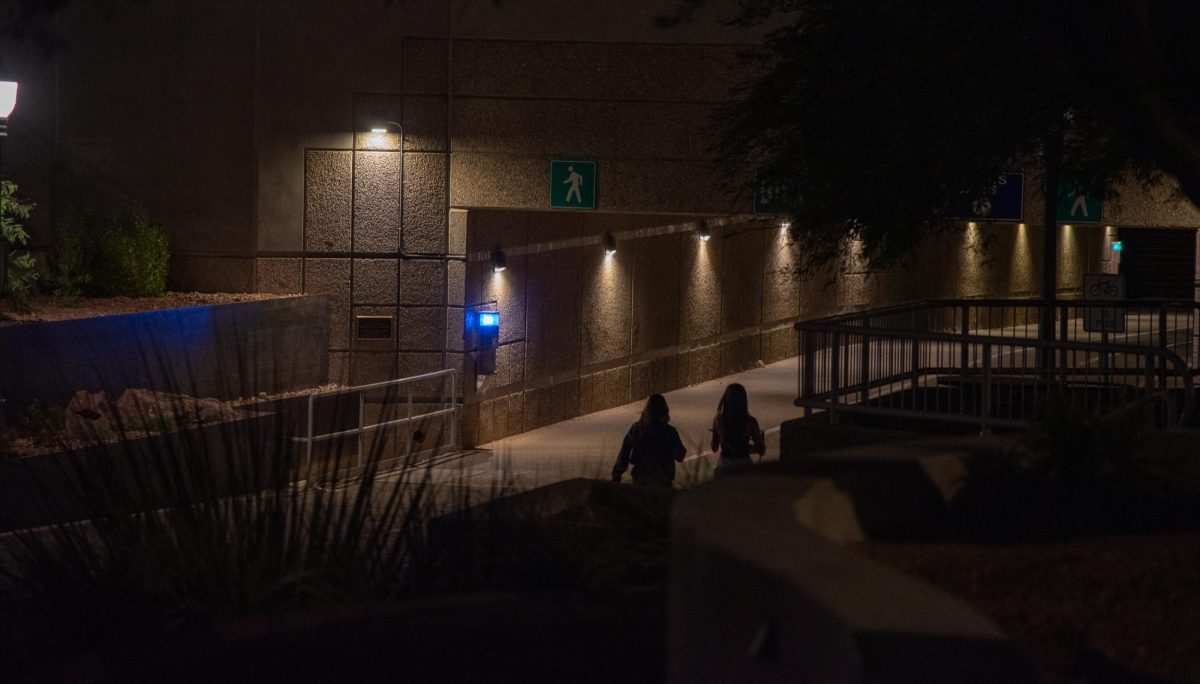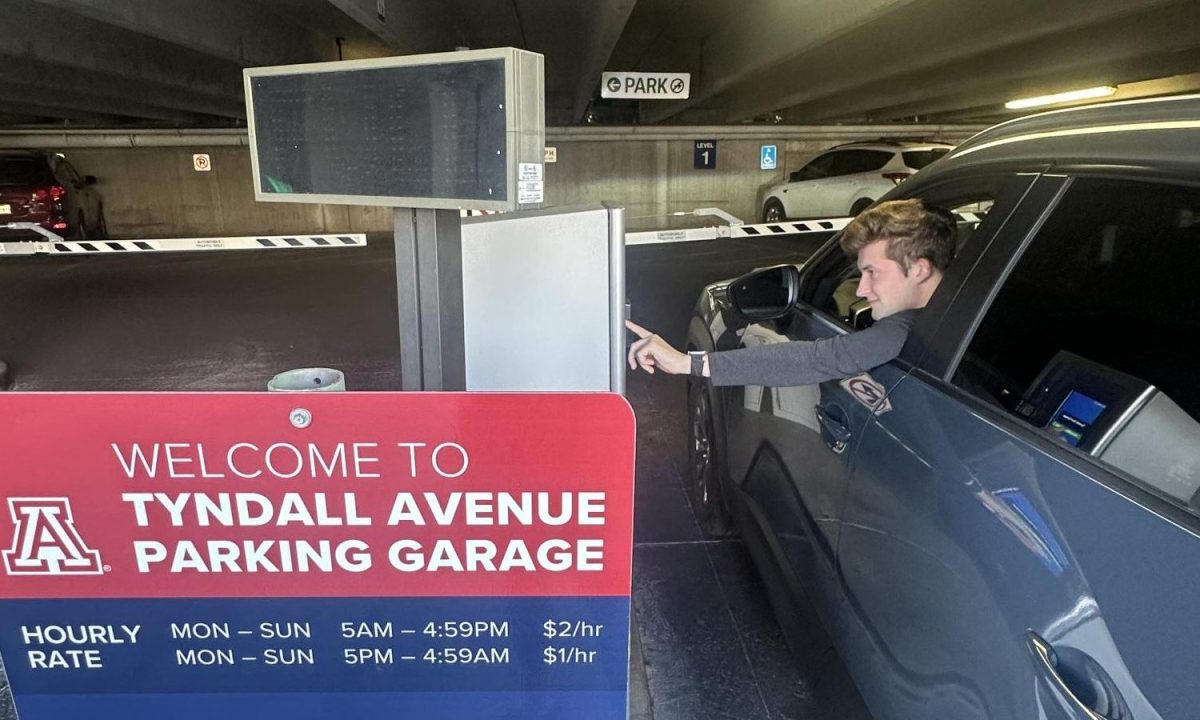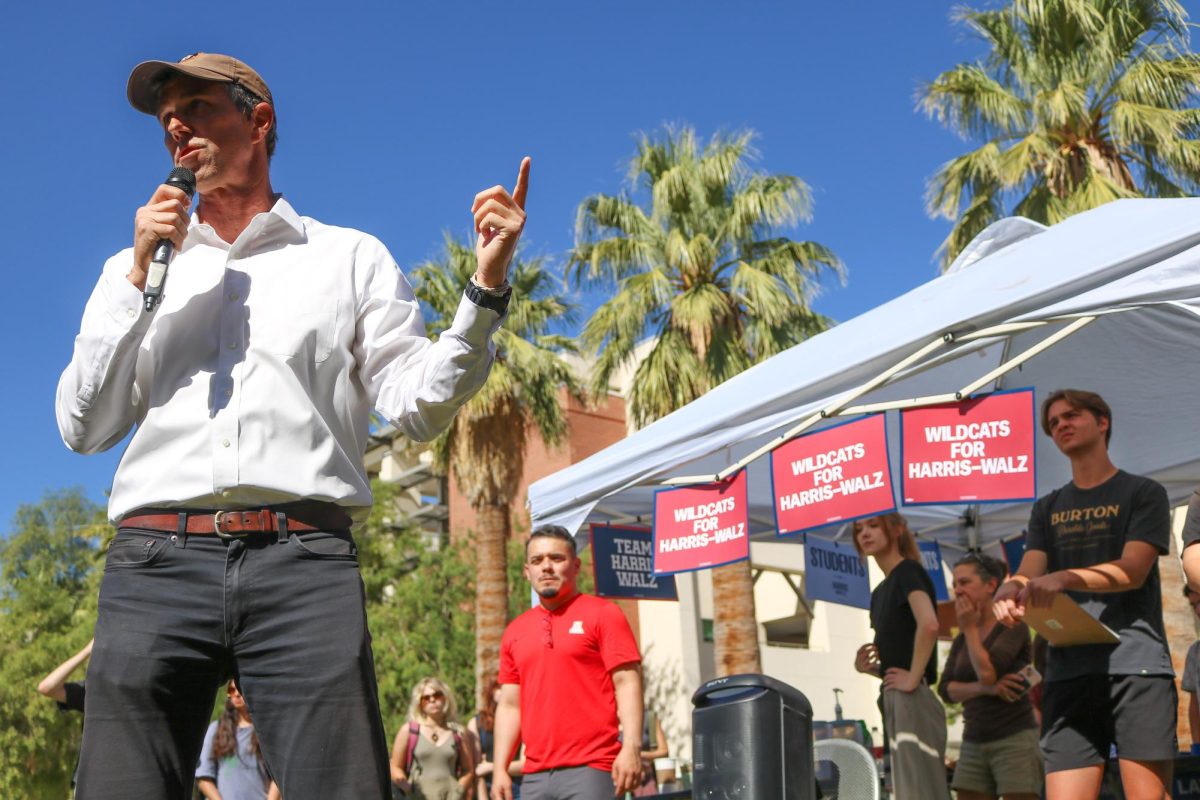During its monthly meeting on Monday, the Faculty Senate received a special guest presentation from the UA’s Intercollegiate Athletics Committee in Old Main’s Silver and Sage Room.
Lynn Nadel, Faculty Senate chairman said that “intercollegiate athletics plays an important role in higher education,” which is why he requested an update report from the IAC about its successes and upcoming challenges.
The IAC was established in the ’70s due to an NCAA investigation of the football program. The committee was created to provide a monitoring and oversight arm for the president about anything related to intercollegiate athletics.
Nowadays, the committee meets once a month to make policies, discuss issues and is largely credited with the success of the athletics program.
“I’m proud of what we are doing,” athletic director Greg Byrne said, “but that doesn’t mean we can’t continue to get better every day.”
According to the update report, the UA leads the Pac-12 Conference with 23 total life skills awards, including six Pac-12 sportsmanship awards, four Pac-12 leadership awards, six Pac-12 women of the year awards and four NCAA women of the year winners.
The second closest school is the University of California Berkeley with seven awards total.
Byrne also mentioned the CATS Academics program, a comprehensive support source program designed to assist student-athletes who received the Division 1A Athletics Directors’ “Program of Excellence” lifetime award.
“First of all, we want our kids to graduate,” Byrne said.
According to the report, 220 student-athletes averaged a 3.0 GPA for the 2013-2014 academic year, which is 43 percent of all student-athletes. There are 86 student-athletes who finished the fall or spring semester with a 4.0 GPA or higher. In addition to these accomplishments, the athletics department has had a positive fund balance consecutively for the last 29 years, according to the report.
The department is responsible for the cost of room, board, books and tuition waivers, while maintaining revenue to cover annual operating costs and budgetary obligations. The budget increased from $68.5 million in 2013-2014 to $71.3 million this year. Zero percent of the budget comes from state appropriations or student fees.
“We spend $85,000 per student athlete per year on their academic, athletic and social experience,” Byrne said. “That includes walk-ons with no scholarships and $150,000 for those with full-rides.”
He said his major concern is future litigation that may jeopardize the model of athletics 10 years from now.
“We are going to do everything we can to grow our budget,” he said, “and at the same time, be competitive and wise and invest efficiently.”
_______________
Follow David McGlothlin on Twitter.



